Like many of us, I had a bunch of various wall-warts lying around, but sadly though none of them produced a regulated 5V/3.3V. I had some 78xx regulators around, so I went into KiCad and made a board to make those wall-warts useful! Changing the world by saving old wall warts from the dumpster!
I used one to power my ESP8266. It worked but the linear regulator was unsurprisingly getting a bit warm, especially since I was powering the regular from a 9V wall wart. Not exactly very efficient. I looked into drop-in switching regulator replacements for 78xx linear regulators and found some nice ones made by Murata: the OKI-78SR-5/1.5-W36-C for 5V and the OKI-78SR-3.3/1.5-W36-C for 3.3V. Those regulators make it much more feasible to use with commonly found 9V/12V wall warts to power things such as the ESP8266 that draw a good bit of power.
Switching regulator replacements for 78xx liner regulator offer much better efficiency, but sadly do cost substantially more. The UA7805CKCS, a 5v linear regulator from ti can be had for $.74 in Mouser for a quantity of 1; The OKI-78SR-5/1.5-W36-C a 5v switching regulator is $4.30 on Mouser.
Special notes:
The EasyPWR is designed to be used with wall warts that have center positive barrel plugs.
C1 and C2 are 1206 sized pads that should be populated with appropriate value capacitors if using a linear regulator (read the datasheet for recommend values for your model). With switching regulators such as the two models that I mentioned above, the capacitors can usually be left out.
Using the board with a linear regulator is fine to power a typical microcontroller, some LEDs, etc, but if you need to draw say 1 amp of current and your using a 9V/12V wall wart, using a switching regulator is the way to go.
There is a VIN pin to supply power to the board if you are using other than a wall wart for a power source.
There is some space for a small heatsink, the board is not intended for situations in which alot of heat would be dissapted from the regulator.
All files fall under the GPL v3 license.
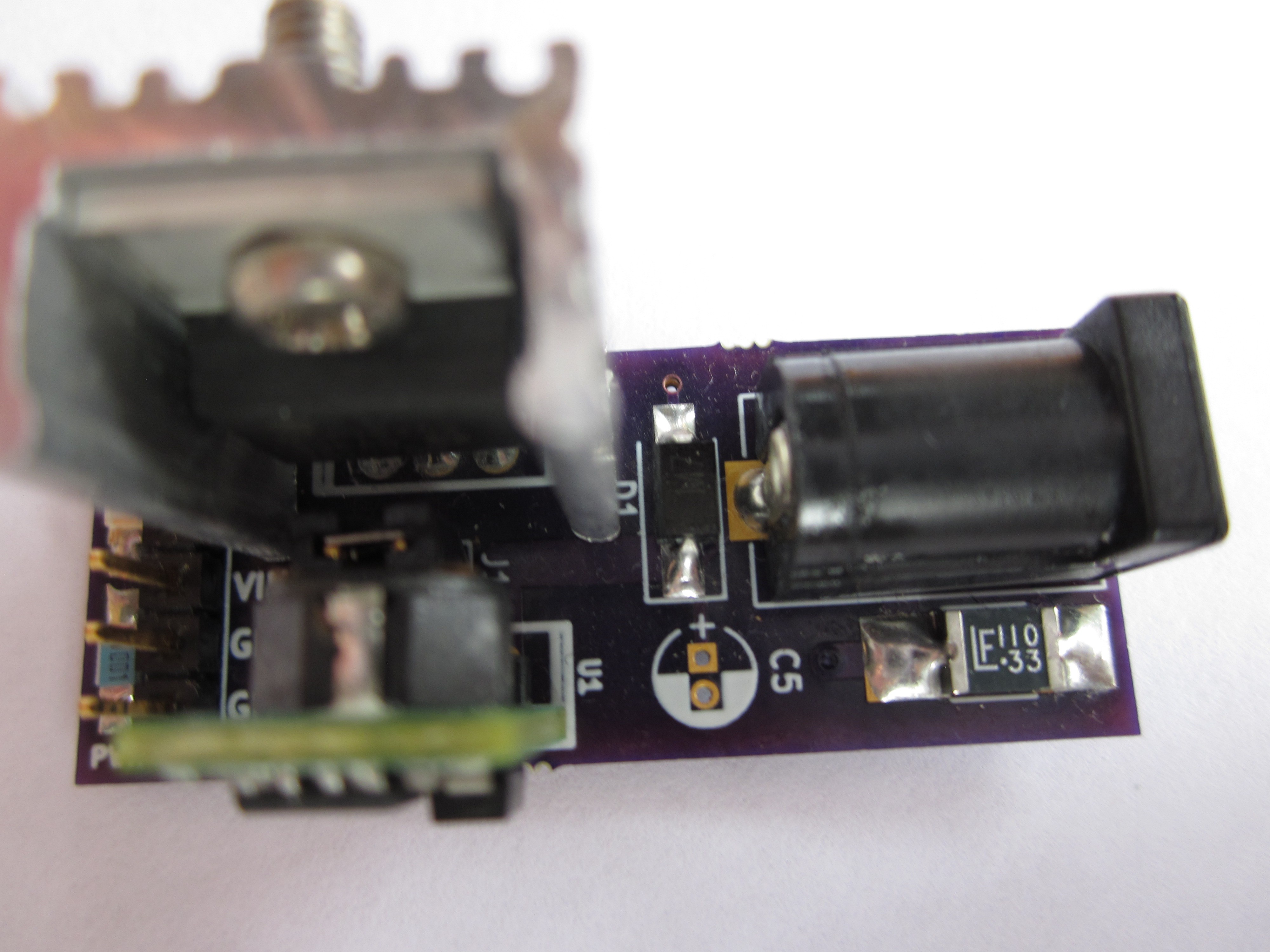

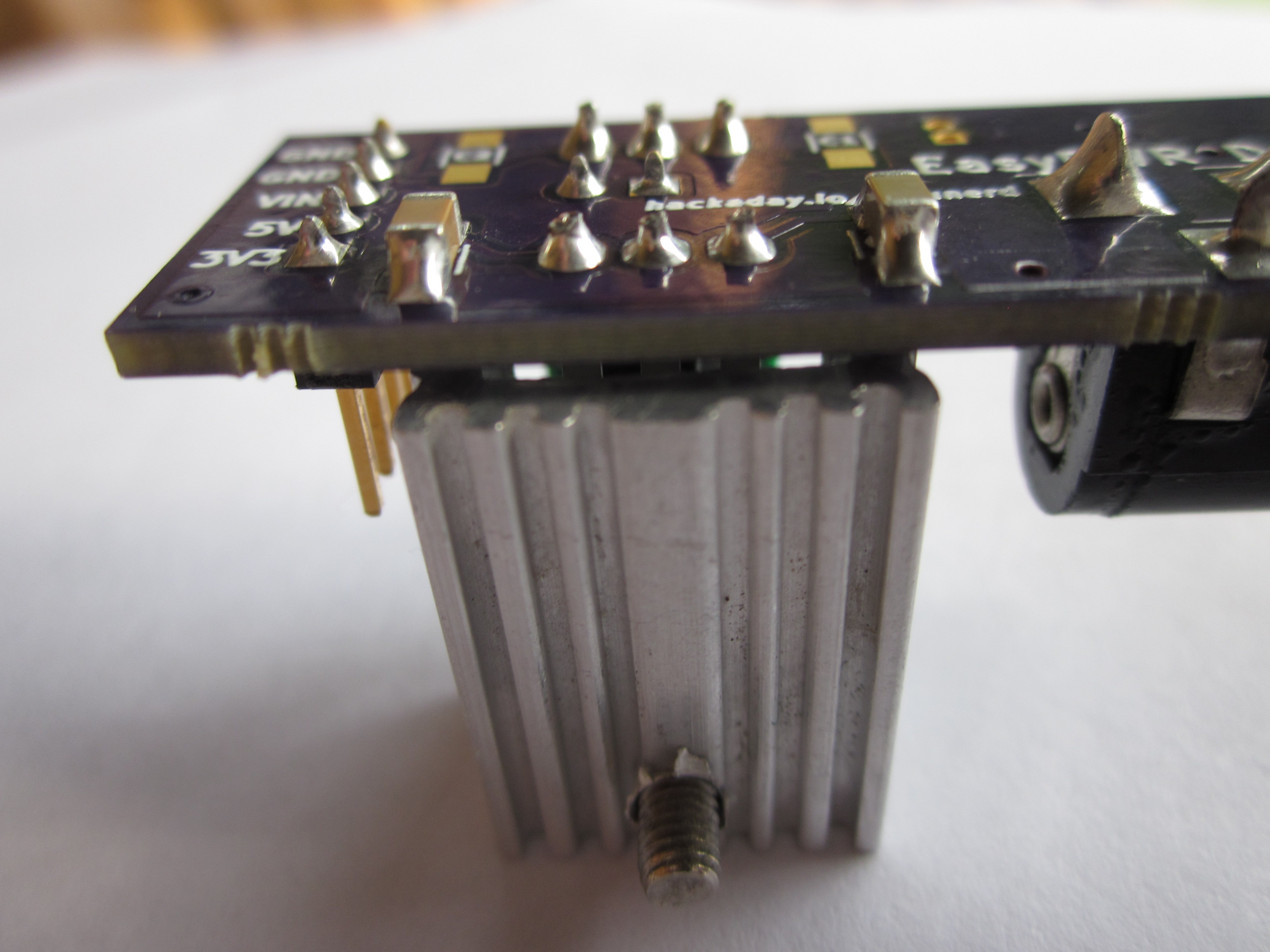
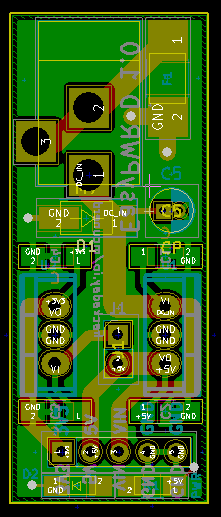
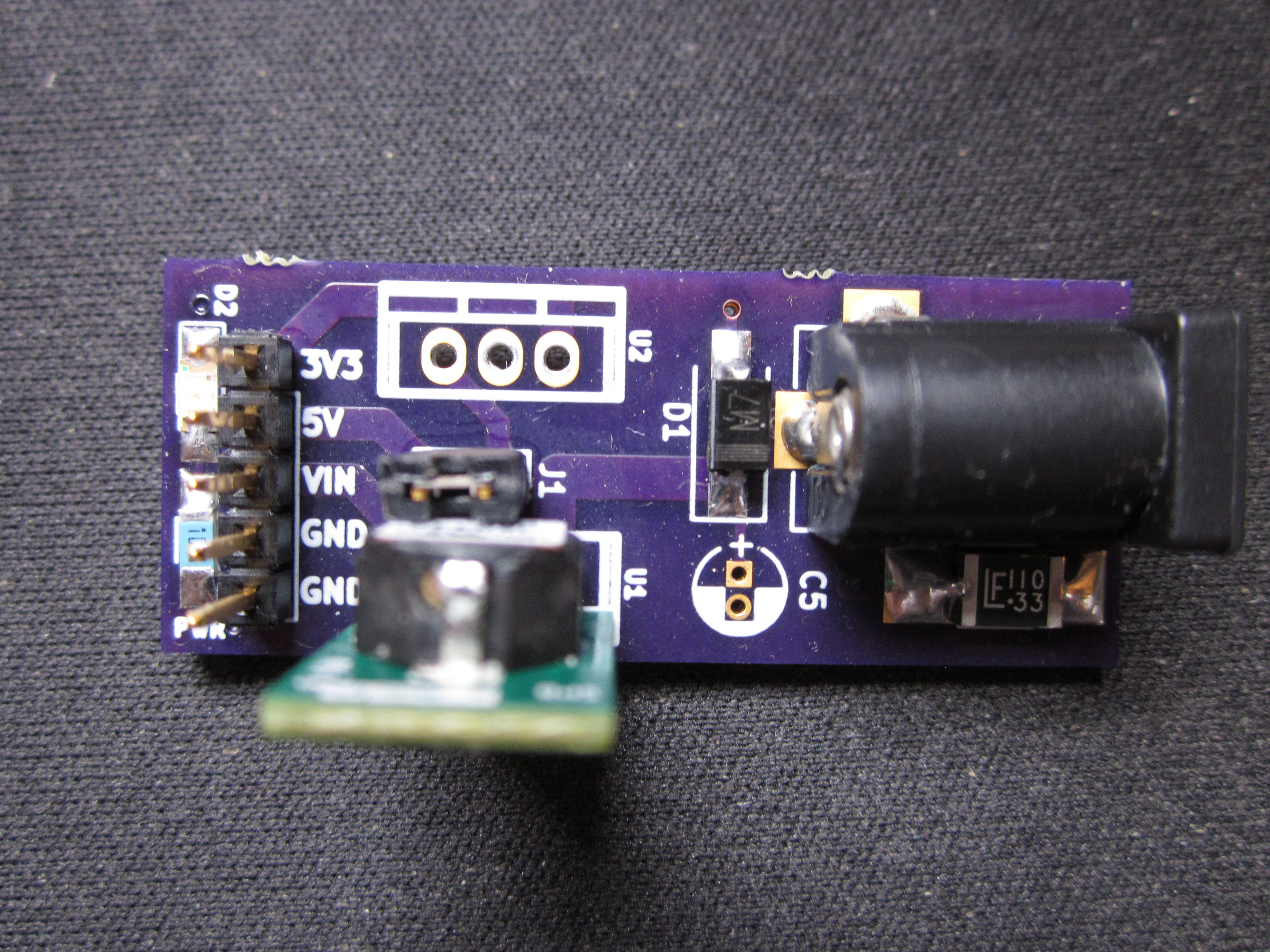
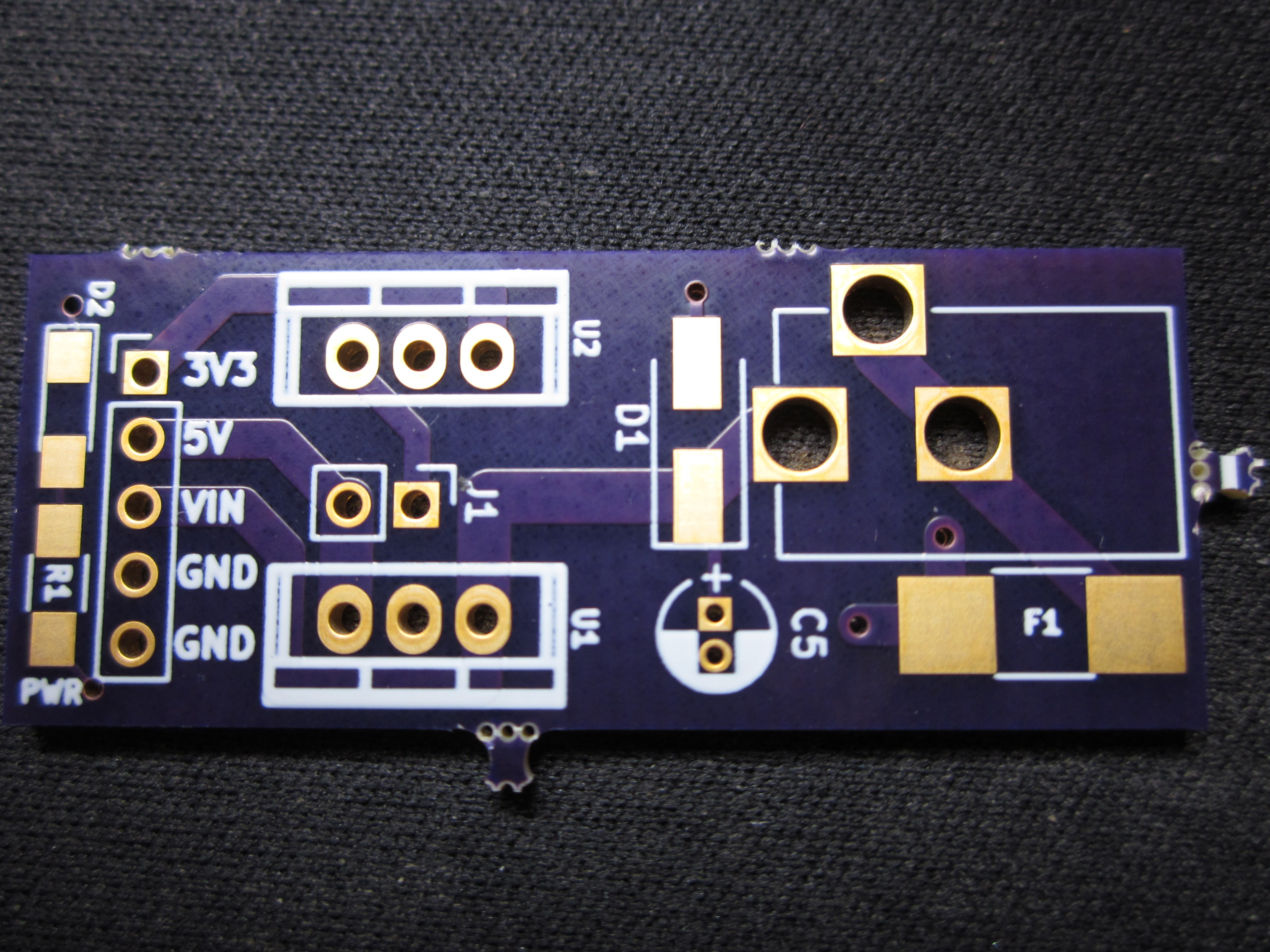
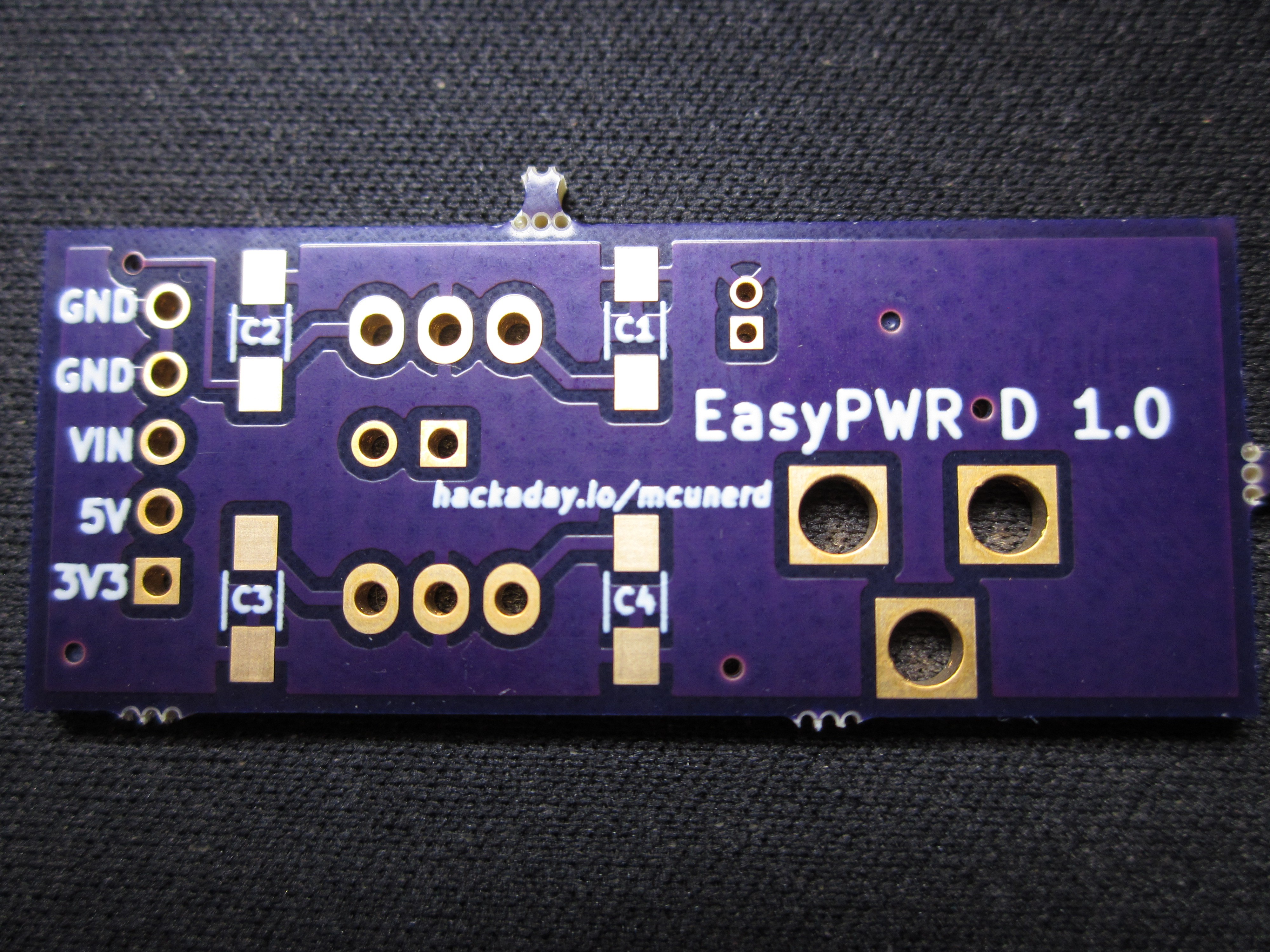
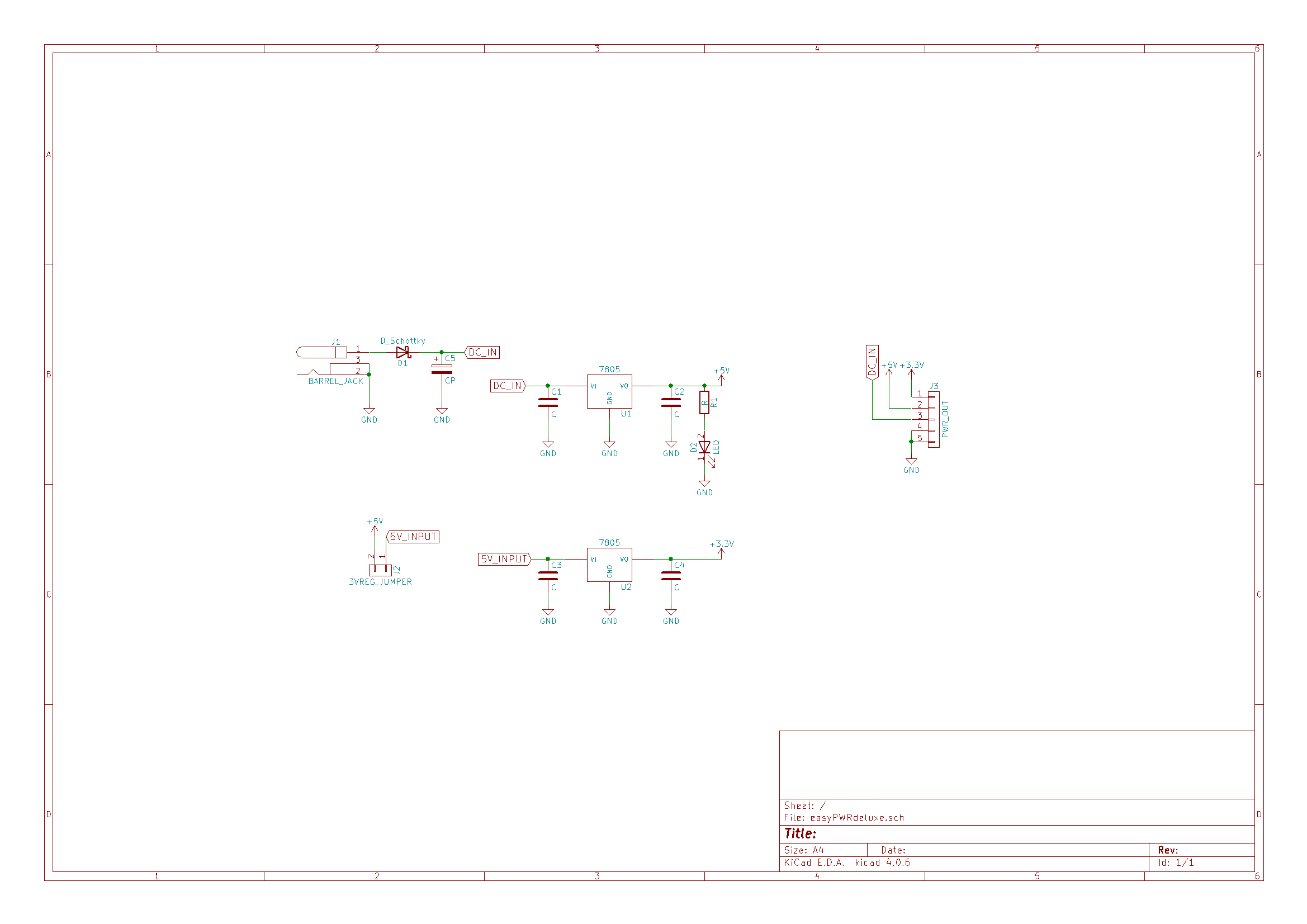

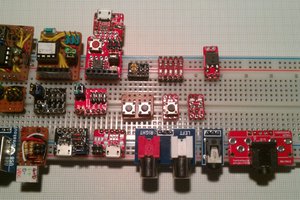
 Stefan Lochbrunner
Stefan Lochbrunner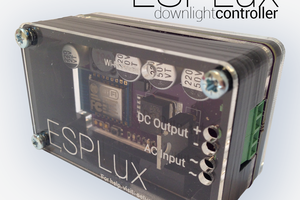
 Matt
Matt
 Savo
Savo
Are you planning on making this available as a kit of some sort? I'd be happy to help with that- a little Kickstarter or something.